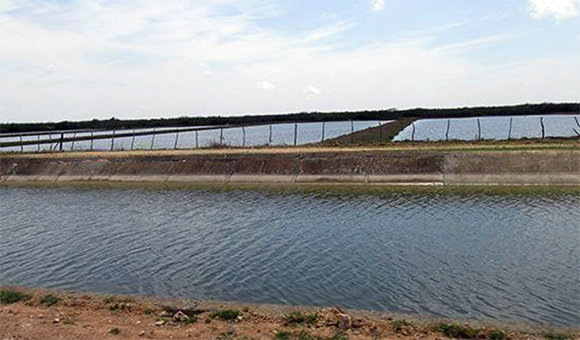After more than 25 years of construction, the canal’s use value on the Avila side is limited to only about 60 hectares of rice.
Even though its value for large-scale use remains uncertain, the Zaza-Ciego de Avila canal is once again undergoing general maintenance, the first stage of which began with work on the electromechanical systems of one of the largest artificial rivers in Cuba.
Engineer Arnaldo Antonio García Sosa, director of the Maintenance UEB of the Empresa de Aprovechamiento Hidráulico de Ciego de Ávila, stated that the work includes the section from the Las Nuevas siphon, in the province of Sancti Spíritus, to that of La Ceiba, in the Avila municipality of Venezuela.
The most important work on the 45-kilometre stretch includes all the structures and external elements of the water transfer, including the hoisting mechanisms, gate guides, reducers and grids, as well as the greasing of the moving parts.
The work, which is being carried out in three stages, is being carried out by a team from the South Brigade of Electromechanical Maintenance, although other forces will join in later.
‘The main work is focused on the western part of the canal, between the La Ceiba siphon, in the Avilanian municipality of Venezuela, and Los Negros, in Majagua,’ explained García Sosa.
He specified that in the eastern part, the low water level allows for the easier extraction of the gratings and the carrying out of other work, such as the repair or replacement of the railings, the stakes (floors) and the restoration of the metal mechanisms.
After more than 25 years of construction, the value of use of the Zaza-Ciego de Avila in the Avila area is limited to some 60 hectares of rice in the area of Limones Palmero, in the municipality of Majagua, and 12 ponds (half of the productive potential) for fish breeding in the La Teresa fish-farming centre, in the municipality of Venezuela.




